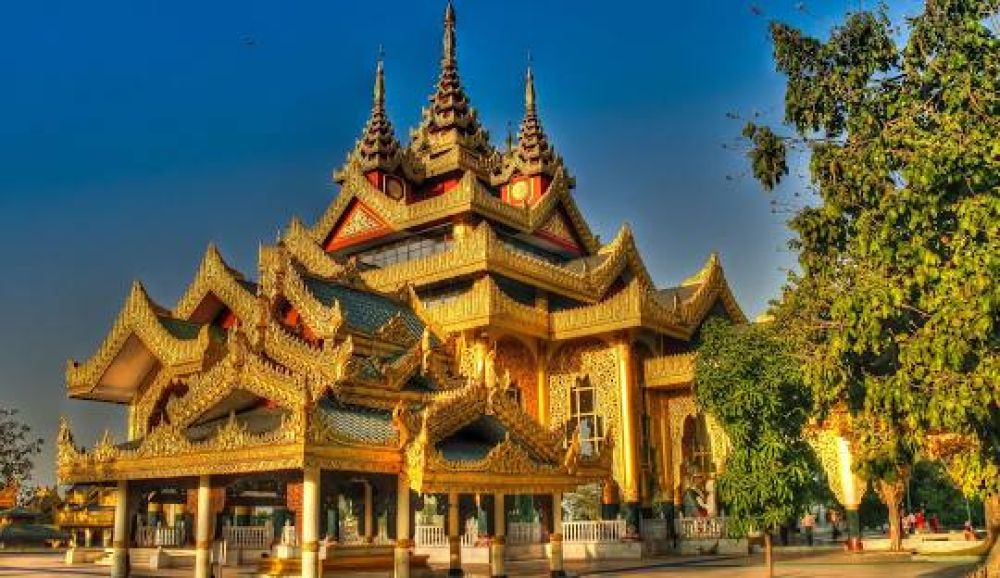

The Chaukhtatgyi Buddha Temple is most renowned for its impressive 65 meters long Reclining Buddha image, one of the largest in Myanmar. The history of the temple is intrinsically tied to the evolution of tourism in the region. Built in the early 1900s, the original structure housed a significantly smaller Buddha image, which was later replaced in 1957 by the current, more grandiose sculpture to inspire piety among the local population and to attract pilgrims and tourists alike.
Over the years, the importance of Chaukhtatgyi as a religious site has bolstered its appeal as a tourist destination, drawing both the faithful and the culturally curious. The history of tourism at this temple is punctuated by its increasing popularity among international visitors following Myanmar's political changes and the opening up of the country in the late 20th and early 21st centuries.
Historically, tourism at the Chaukhtatgyi Buddha Temple was primarily driven by regional visitors. With Myanmar's political shifts and global integration, the temple witnessed a substantial uptick in foreign tourists. Tourist infrastructure, including guided tours and informational signage, has since developed, allowing visitors a deeper understanding of the site's cultural and religious significance.
Today, the latest trends in tourism at Chaukhtatgyi include an increasing number of experiential and mindful travel experiences. Visitors are not only interested in the aesthetic and spiritual aspects but are also seeking to immerse themselves in the local culture and customs. This has led to a symbiotic relationship between the temple and surrounding communities, fostering opportunities such as handicraft markets, traditional workshops, and cultural performances in the vicinity, enhancing the tourist experience while providing economic benefits to locals.
Recently, digital advancements have also influenced tourism trends. Virtual tours and extensive online documentation enable interested visitors from all over the world to explore the temple's grandeur from the comfort of their homes, which has helped maintain its prominence as a global landmark, particularly through times when physical travel might be challenged.
Furthermore, as awareness about sustainability grows, efforts are being made towards promoting eco-friendly tourism practices around the temple complex, thus ensuring the protection and preservation of its historical and spiritual essence for future generations.
The Chaukhtatgyi Buddha Temple continues to be an eminent symbol of Myanmar's rich heritage and an important testament to the role that spiritual and religious sites play in the sphere of international tourism. With ongoing efforts to protect and promote this sacred space, the temple is set to attract and inspire more tourists in the years to come.